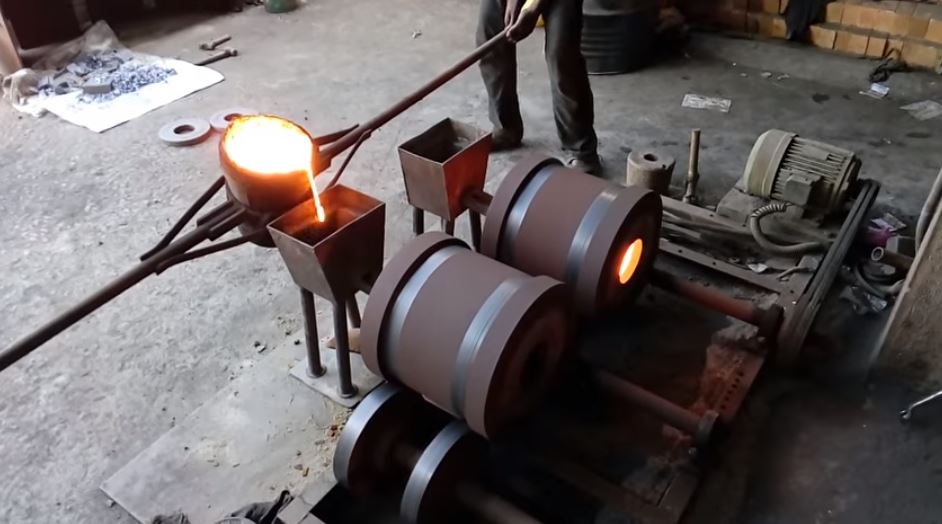
Centrifugal force acts to distribute molten metal in the mold at pressures approaching 100 times the force of gravity. Thanks to the combination of this applied pressure, controlled solidification and secondary refining with engineering mechanics, it produces high quality parts. The wall thickness of the material depends on the amount of liquid metal poured and can be adjusted as desired.
When the mold begins to fill, the denser molten metal penetrates the wall of the melting mold. After the casting has solidified, the part is removed from the mold and residual impurities are machined off, resulting in a defect-free structure without voids or gas pockets.
A clean casting is achieved with simple stock removal, as low-density non-metallic inclusions will migrate towards the inner surface.